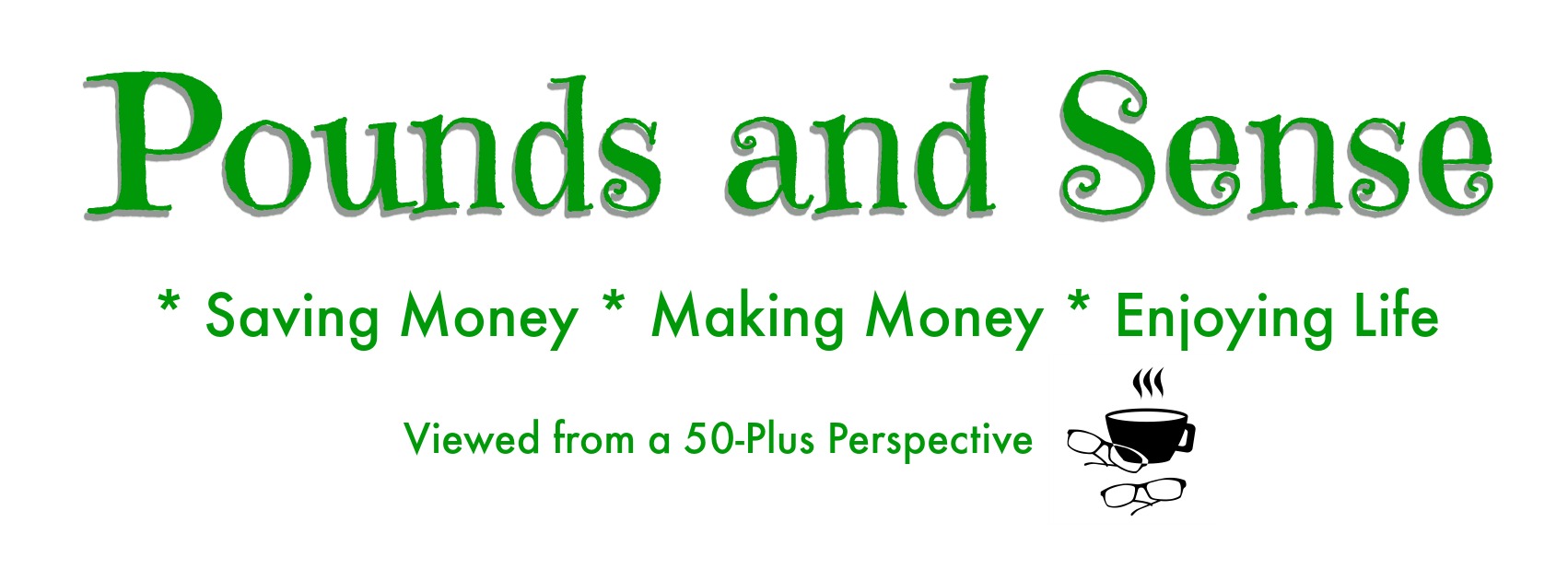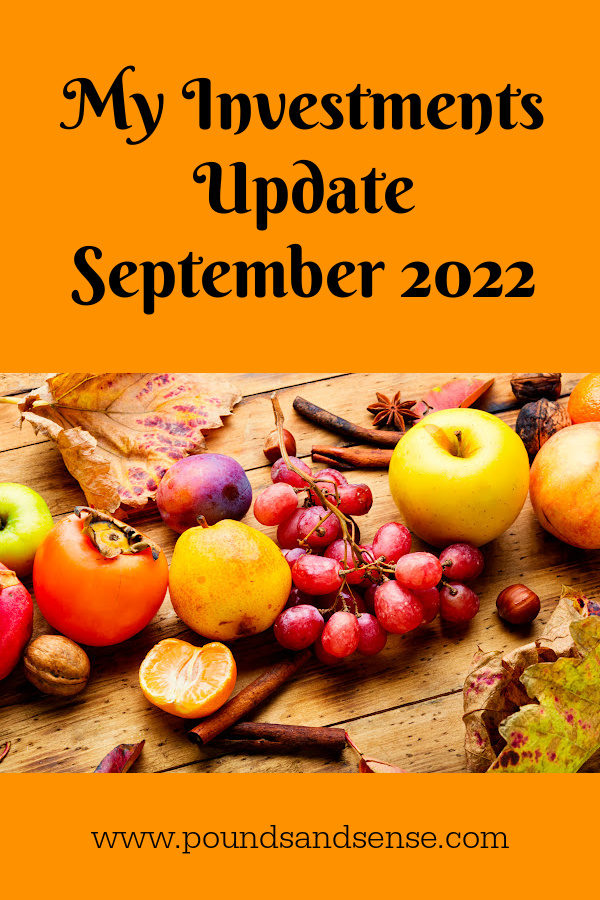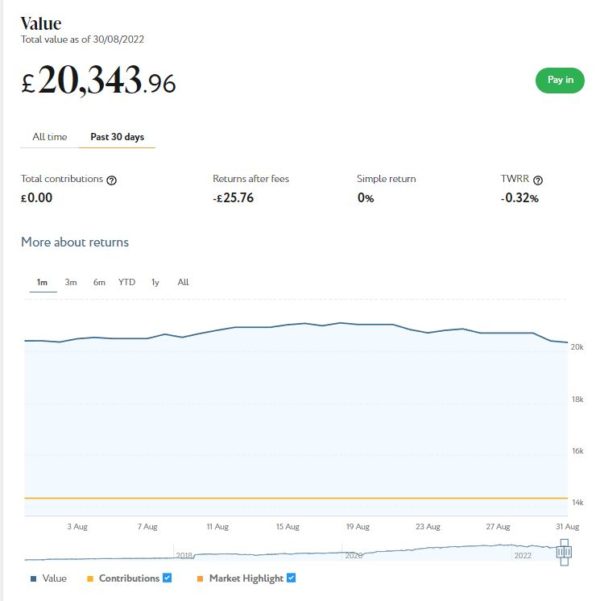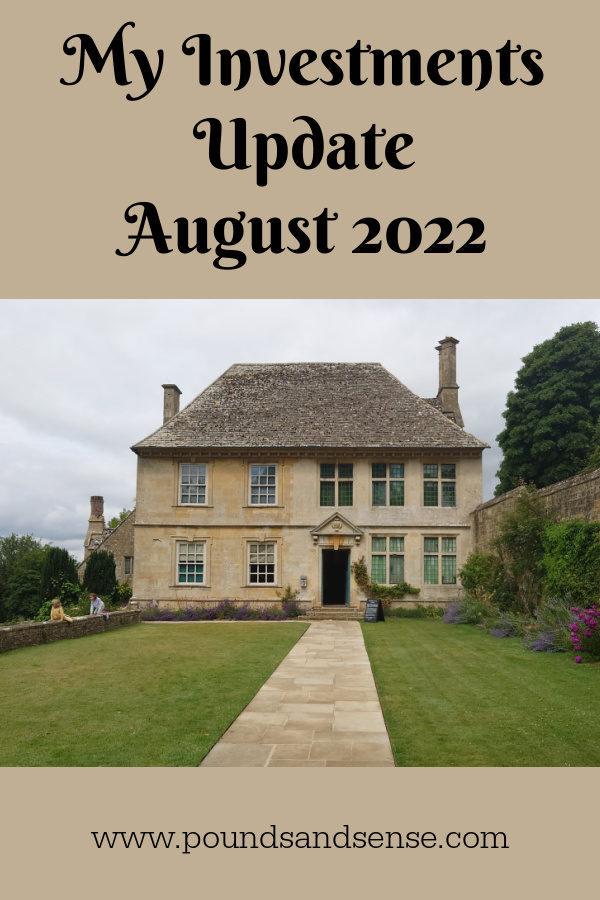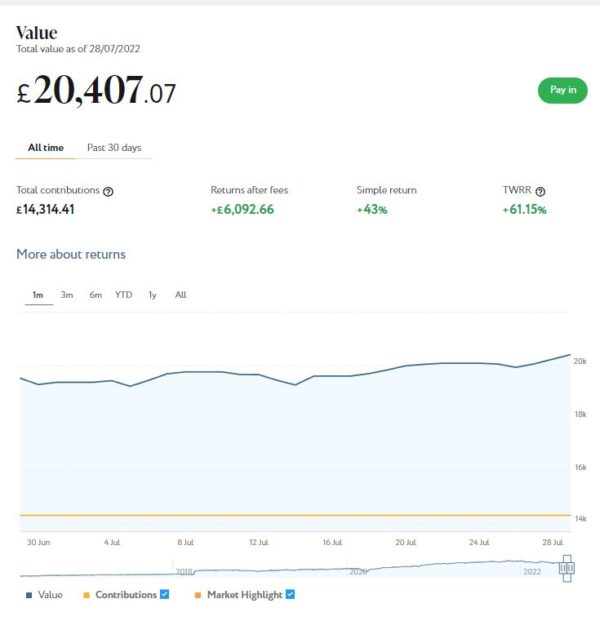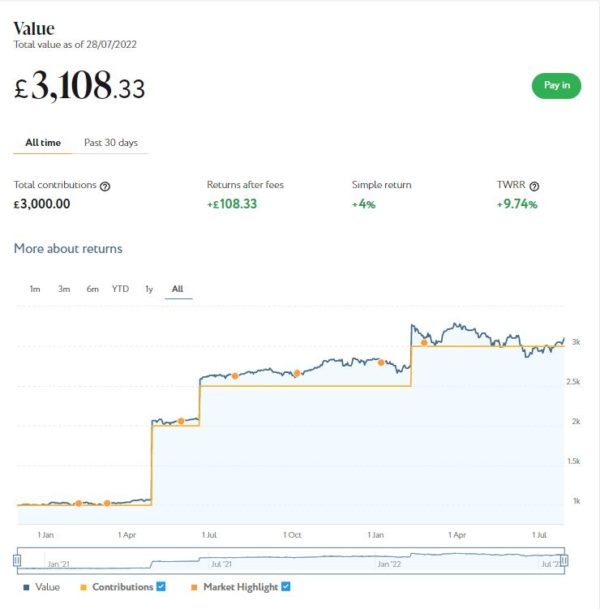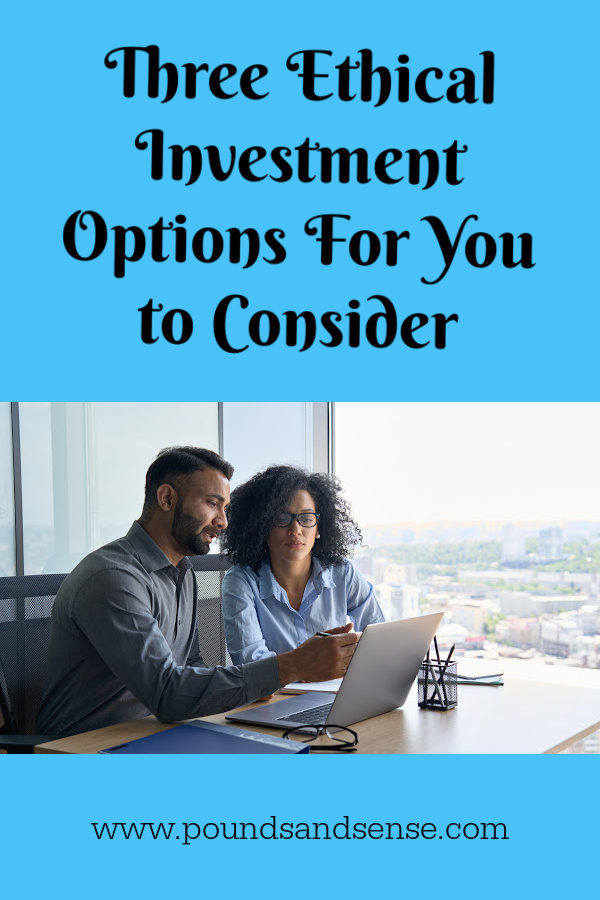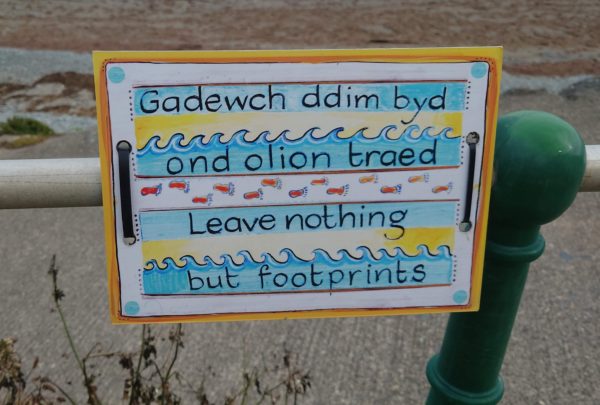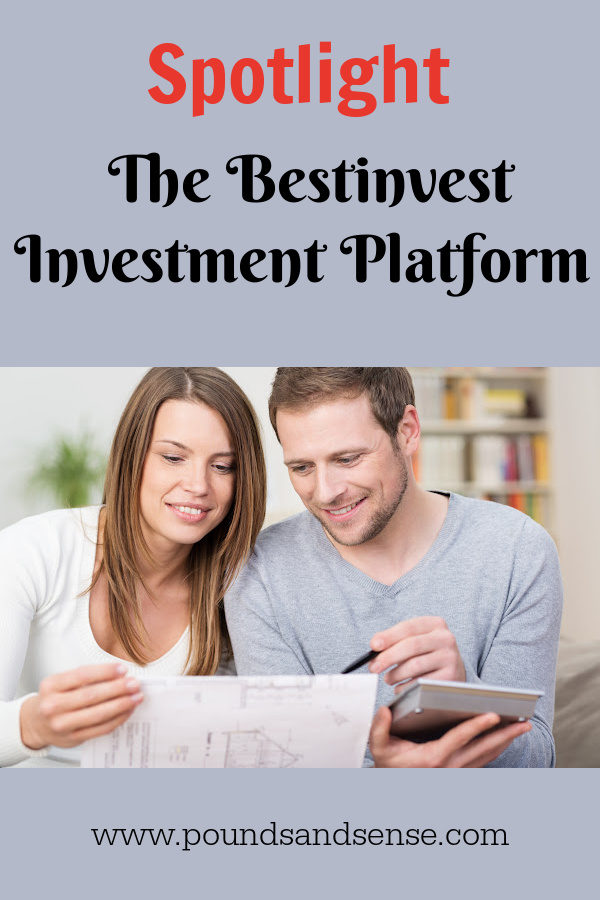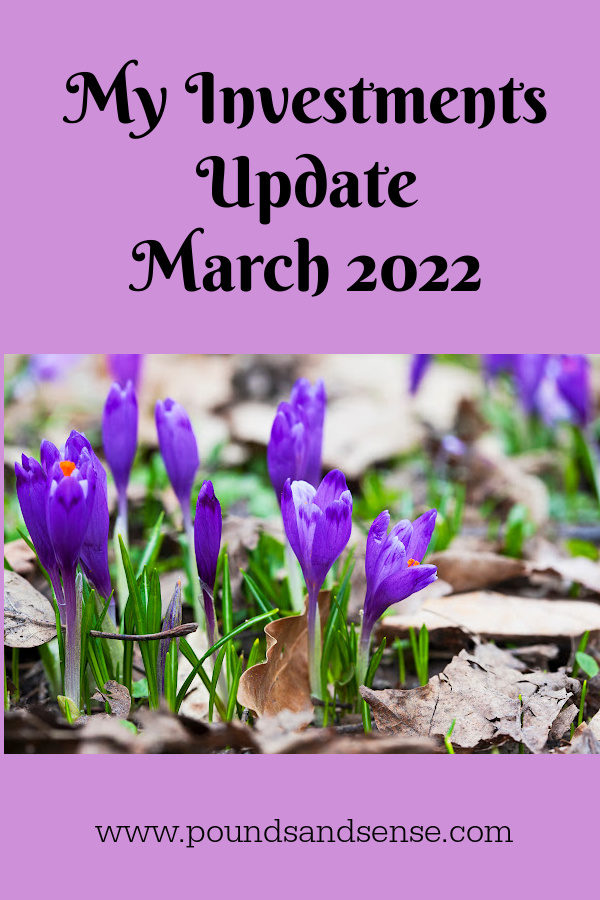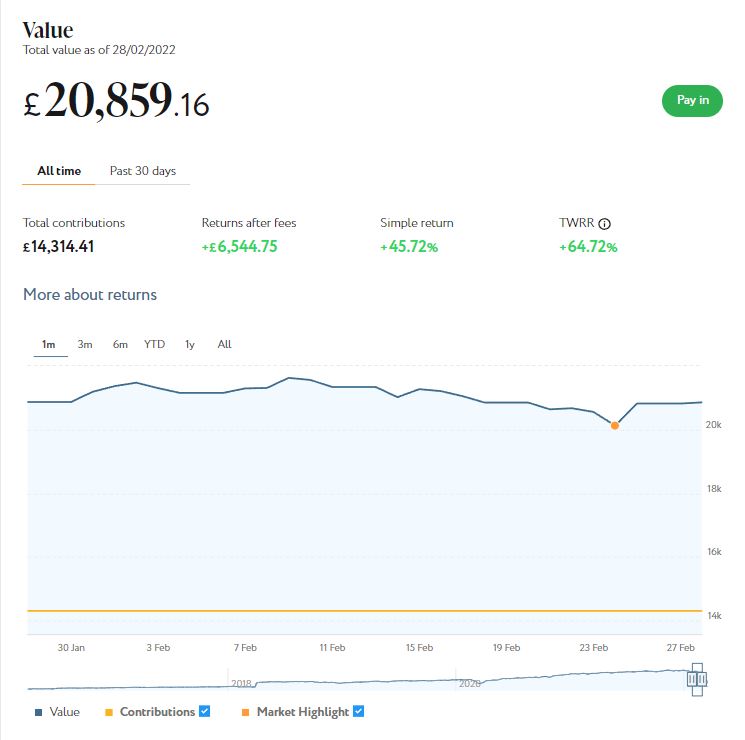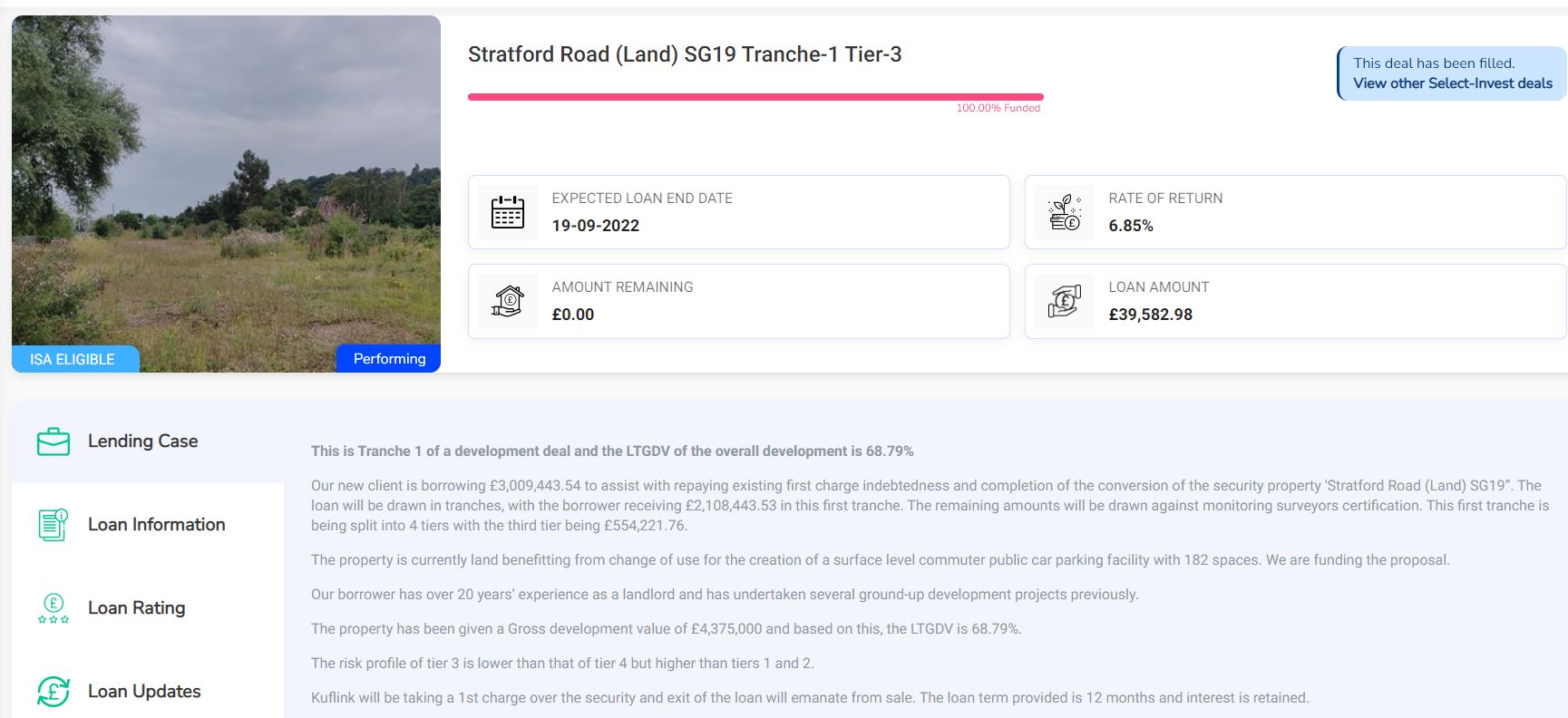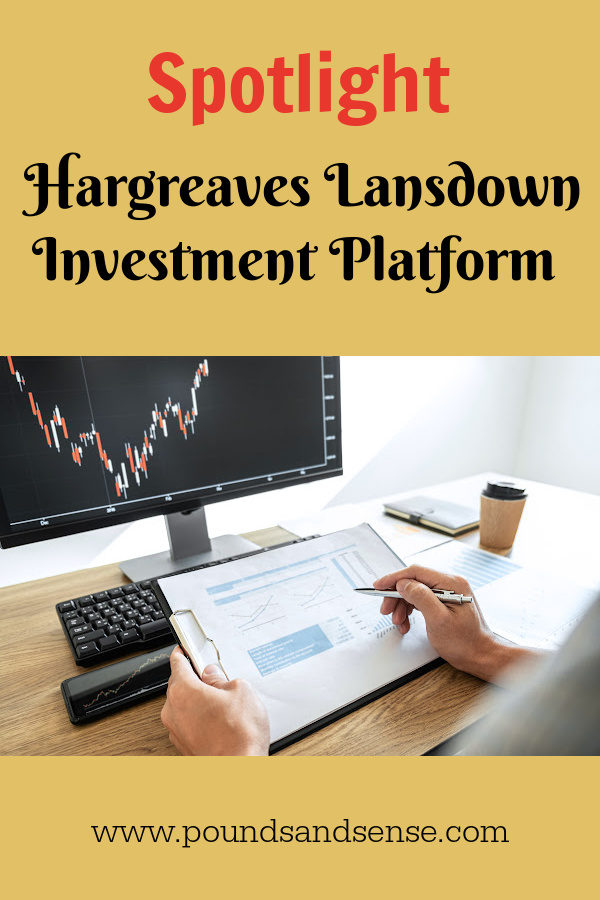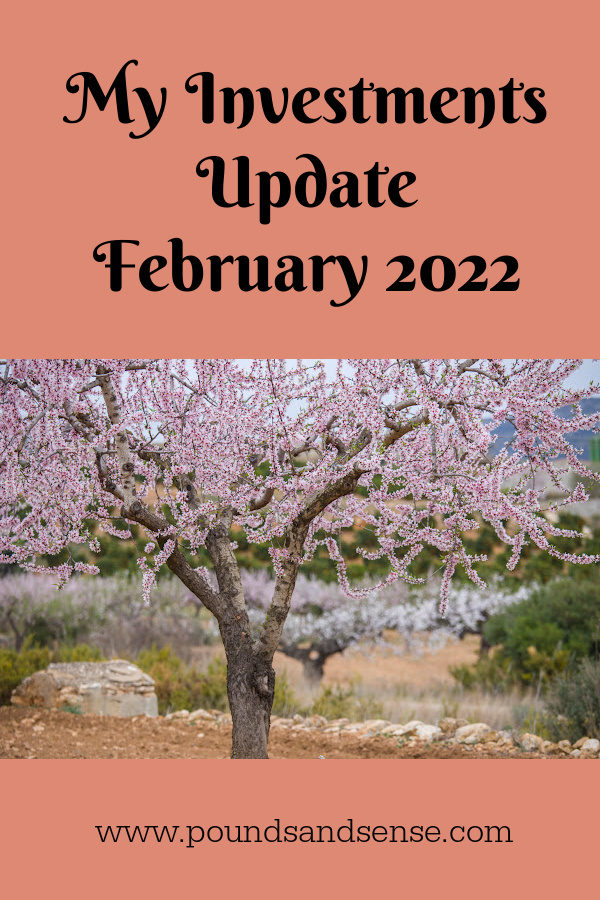My Short Break in Lavenham
I recently returned from a four-night break in Lavenham in Suffolk.
Lavenham is said to be England’s best-preserved medieval town, with over 300 listed, timber-framed houses (see cover image). But I must admit I had never heard of it until I read that my favourite Pink Floyd tribute band, Darkside, were performing there in August. It seemed a great opportunity to see the band and visit somewhere new at the same time. As I live in Staffordshire I normally head west towards Wales for my UK short breaks, so it felt quite strange to be driving east on the A14 instead!
I stayed in a beautiful, self-contained cottage in the heart of Lavenham, which I booked through Airbnb. I’ll say more about the accommodation below.
Lavenham is around five miles north-east of Sudbury. The nearest large town is Bury St Edmunds. Here is a map of the area from Google Maps.
Accommodation
I stayed in a charming, self-catering cottage called The Hay Loft in the centre of Lavenham. It had two bedrooms and bathrooms, so was actually larger than I needed.
I originally booked it so my sister Annie could join me for some of the time. Sadly she broke her wrist in a fall the day before, however, which meant she couldn’t come after all. So I had plenty of room to spread myself out!
This being an Airbnb property, I am not supposed to say exactly where it is, but I guess I can reveal that it’s in a very convenient, central location. There was plenty of free parking on the road outside and in the village itself. The location was quiet and peaceful (in the evenings especially) and I slept well throughout my stay. You can see a photo of the front of the cottage below.

You can read more about the accommodation on this page of the Airbnb website. It had an open-plan lounge/kitchen/dining room on the first floor, and two bedrooms and bathrooms (one ensuite) downstairs. That’s a slightly unusual configuration, but I was actually very grateful for it as my visit coincided with a four-day heatwave. Being downstairs, the bedrooms stayed comfortably cool. Electric fans were thoughtfully provided, though.
The cottage had all the facilities you could want for a short (or longer) stay. The kitchen area was well equipped with a gas cooker, microwave, fridge/freezer, dishwasher, toaster, sink, and so forth.
The cottage had free wifi which worked perfectly during my stay (not always the case in my experience). There was also a small garden at the front, down some steps from the gate. This was well tended and pleasant to sit out in (when it wasn’t too hot!).
Financials
As Pounds and Sense is primarily a money blog, I should say a word about this.
I paid £550 for my four-night stay, which works out to £137.50 per day. I thought that was very reasonable bearing in mind the size and standard of the accommodation and the convenience of the location. Obviously as this was self-catering no meals were included, but there was more space and better facilities than you would get in any comparable hotel or B&B.
Things to Do
I won’t give you a blow-by-blow account of what I did while I was there, but here are a few highlights.
The Guildhall

Lavenham Guildhall is an impressive timber-framed building. It was originally built in the early 16th century for the Guild of Corpus Christi, an alliance of wealthy local merchant families. In later years, as Lavenham’s wool trade declined, it served as a bridewell (prison) and workhouse. More recently in WW2 it housed a social club for American troops and also served as a restaurant around that time.
The Guildhall became the property of the National Trust in 1951 and it was subsequently opened to the public as a local history museum. It has a range of interesting exhibits, though I did find some of the material about the building’s use as a prison and workhouse a little depressing. My favourite room housed an exhibition dedicated to Lavenham in WW2, including posters and other interesting documents from that period.
At one end of The Guildhall, with its own entry from the square, is the National Trust tea-room. This serves the usual range of snacks and light lunches. It also has a very pleasant garden outside. You don’t need to pay for admission to the Guildhall to use the tea room or sit in its garden.
Little Hall

Little Hall is a late 14th century hall house on Lavenham main square. First built in the 1390s as a family house and workplace, it was enlarged, improved and modernised in the mid-1550s, and greatly extended later. By the 1700s it was giving homes to six families. It was restored in the 1920s/30s.
Little Hall was restored by the Gayer-Anderson brothers, who were both soldiers. They filled the house with art and artefacts collected during their extensive travels, many of which can still be seen there. It is privately owned – by a trust, I believe – and open to the public most afternoons for an entry fee of about £5.
I enjoyed visiting Little Hall and hearing about its long and varied history from the volunteer guide. It also has an attractive walled garden. It doesn’t have any refreshment facilities, but then again the Guildhall tea-room is just a stone’s thrown away!
The Church of St Peter and St Paul

My Airbnb hostess Sheila told me that the Church of St Peter and St Paul was a ‘must see’ in Lavenham and she wasn’t wrong. To quote from the Wikipedia article about it, ‘It is a notable wool church and regarded as one of the finest examples of Late Perpendicular Gothic architecture in England.’
When I arrived a service was just ending and there were quite a few people milling around. While it’s obviously a beautiful building, it is also a busy parish church. I enjoyed browsing in the second-hand bookshop and spent some time admiring pictures by local artists in an exhibition by the main door. But what really impressed me most were the magnificent stained glass windows, such as the one below.

Final Thoughts
As you may gather, I enjoyed my short break in Lavenham and am happy to recommend both the village and the accommodation where I stayed for a short break.
Lavenham is a lovely place to relax and chill out. It is full of beautiful, historic buildings to admire (and photograph) and several you can visit to get a sense of the village’s long history.
Of course, my initial reason for going was to see Darkside (pictured at the foot of this post), and that was inevitably a highlight for me. The concert took place in a large marquee (‘Lavenham Air Theatre’) in a field between the church and the local tennis club. It was a magical setting as the sun went down and a full moon appeared in the clear summer sky. And yes, the band did perform the classic Pink Floyd album Dark Side of the Moon!

Although I didn’t eat out in the evenings, there are some highly regarded pubs and restaurants which if I hadn’t been on my own (and staying in a self-catering cottage) I would certainly have tried. I had lunch at the National Trust tea-room at The Guildhall on two days. Another day I had a delicious light lunch at The Nook, a cosy bookshop-cum-cafe just down the road from the church.
There are also some lovely circular walks from Lavenham (ask at the tourist information office near the Guildhall for more details). And a bit further afield there are other National Trust properties such as Melford Hall and Ickworth, and the historic village of Long Melford. Because it was so hot during my stay I didn’t really want to go out in my car (which doesn’t have working aircon). But if – or more likely when – I return, I will certainly explore this beautiful area a little more widely.
As always, if you have any comments or questions about this post, please do leave them below.

